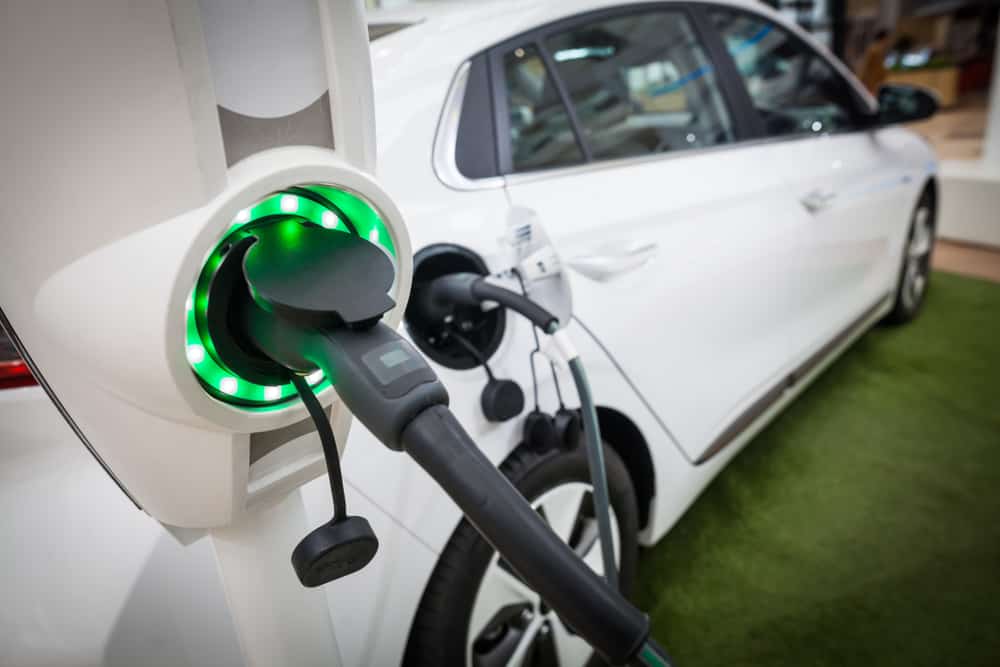Electric vehicles (EVs) are rapidly changing the world of transportation, providing a cleaner and more environmentally sustainable alternative to gasoline-powered automobiles. However, for many considering the switch, a lingering question remains: how exactly do EV charging stations work? No worries, future driver of electric vehicles! This article will reveal the mystery behind these crucial elements of the EV infrastructure, giving you the confidence to navigate the maze of electric mobility.
The Concept at the Core: Delivering Power, Replenishing Energy
The EV charging station functions in a very simple, yet misleading principle: They act as an intermediary between the electric grid and the battery of your car. Imagine them as power pumps that charge the batteries of your electric car. If you park your EV in a charging station by connecting the cable to an appropriate plug is all that’s required.

Plugging in – Compatibility Charging Rates and Charger Speeds
The fundamental concept behind EV charging stations remains the same, however, there are differences in the plug types and the charging speed. Like the various fuel nozzle options at the gas station and EV charging stations, EV charging stations employ various plug designs based on the vehicle and charging standard. Knowing these differences is essential to ensure a seamless charging experience.
Tesla Superchargers: A Network of Speed
Tesla owners enjoy an exclusive network of strategically placed Tesla Superchargers. The fast-charging stations are made for Tesla automobiles and offer impressive charging rates, allowing customers to charge their batteries in a significantly shorter amount of time as compared to standard charging stations. This means fewer charging stops and fewer waiting. The long distance Tesla journeys are much more convenient.
Beyond Tesla The Future of Charging: Exploring Different Options
The EV charging landscape extends beyond Tesla Superchargers. A number of charging stations on public roads which are operated by various companies, are compatible with several electric vehicles. They typically have different charging speeds, from Level 2 chargers that provide a faster charge than the standard home outlet as well as DC Fast Chargers that offer the fastest charging time that rival the speed of gasoline station refills.
Planning Your Time Do You Have a Plan?
One of the biggest worries for potential EV owners is “range anxiety” – the anxiety of running out energy before getting to the charging station. But, with the growing number of charging stations, as well as the increased capacity of more recent EVs the fear of running out of power is lessening. The EV can cover hundreds of miles on a single battery charge. Apps for planning routes aid in finding charging stations to ensure an enjoyable trip.
This is a peek at how the charger’s technology works.
The power of EV charging stations lies in the clever interplay of technology. The station functions as an electric transformer that converts alternating current electricity (AC) generated by the grid to direct current electricity (DC), which the batteries of your electric vehicle require. The station is equipped with security features, such as communication protocols and security measures to ensure safe and effective charging of your EV battery.
Charge forward: Convenience & Accessibility
The charging of EVs is becoming more efficient and easy to use. A lot of charging stations in public places offer user-friendly interfaces and options to pay with a credit card or a dedicated app. Some workplaces and housing complexes have built charging stations which allow users to charge their phones at work or home.
Green Grid Connection: Promoting sustainability
The development of EV charging stations has substantial environmental benefits. They encourage the use of electric vehicles, which produce zero tailpipe emissions stations help to reduce pollution and a more sustainable transport system. When the grid is switched to renewable energies like solar power and wind power, charging electric vehicles will become greener. We’ll be less reliant on fossil fuels.
The process of de-mystifying EV Charging Stations can help potential EV Owners to make informed choices. Because of their simplicity along with their growing accessibility and their role in the promotion of sustainability, these stations represent the keystone to a future powered by energy-efficient and clean electric mobility. When you see an EV charging station, remember – it’s not just a simple plug, it’s a portal to a cleaner, more sustainable, and sustainable transportation system.